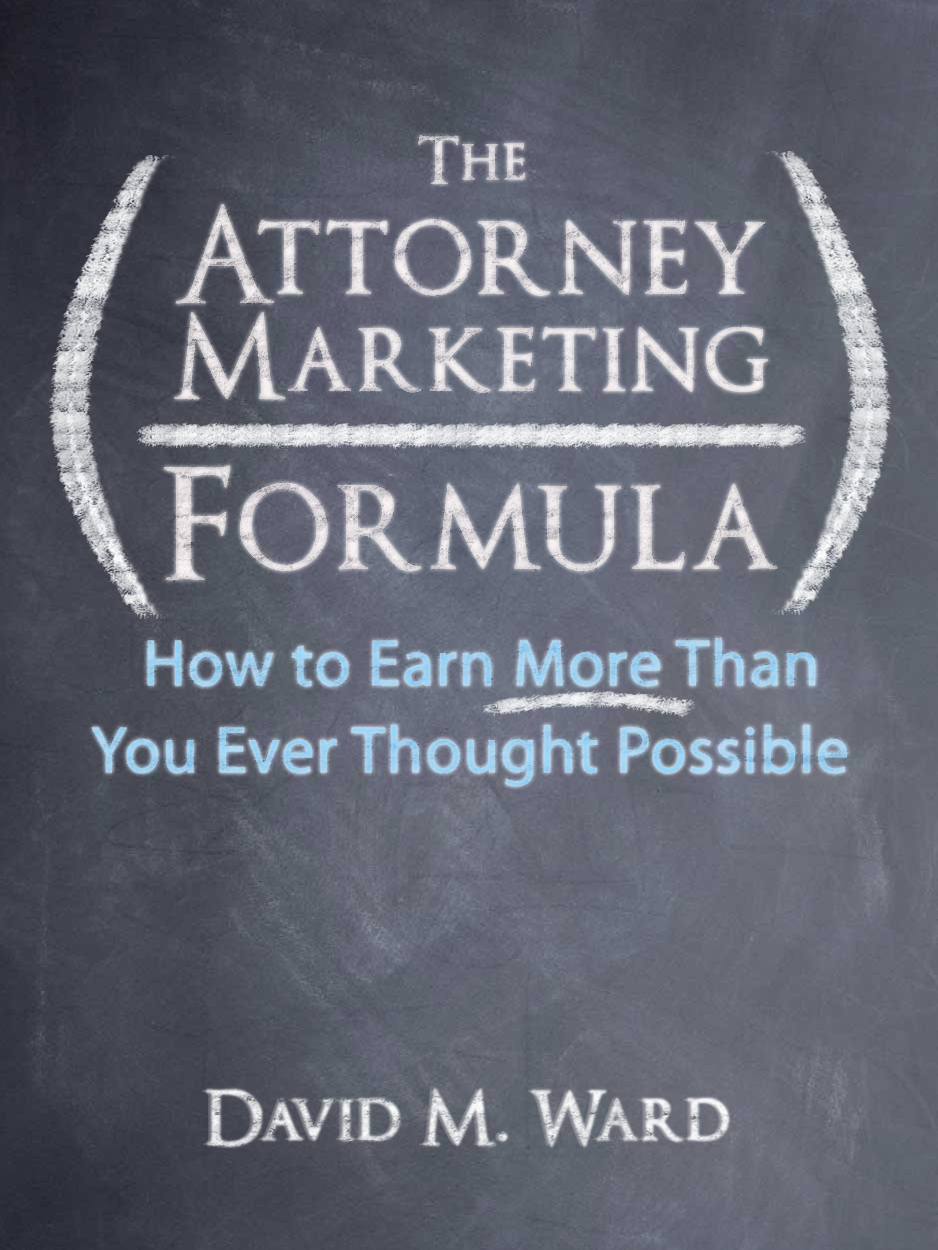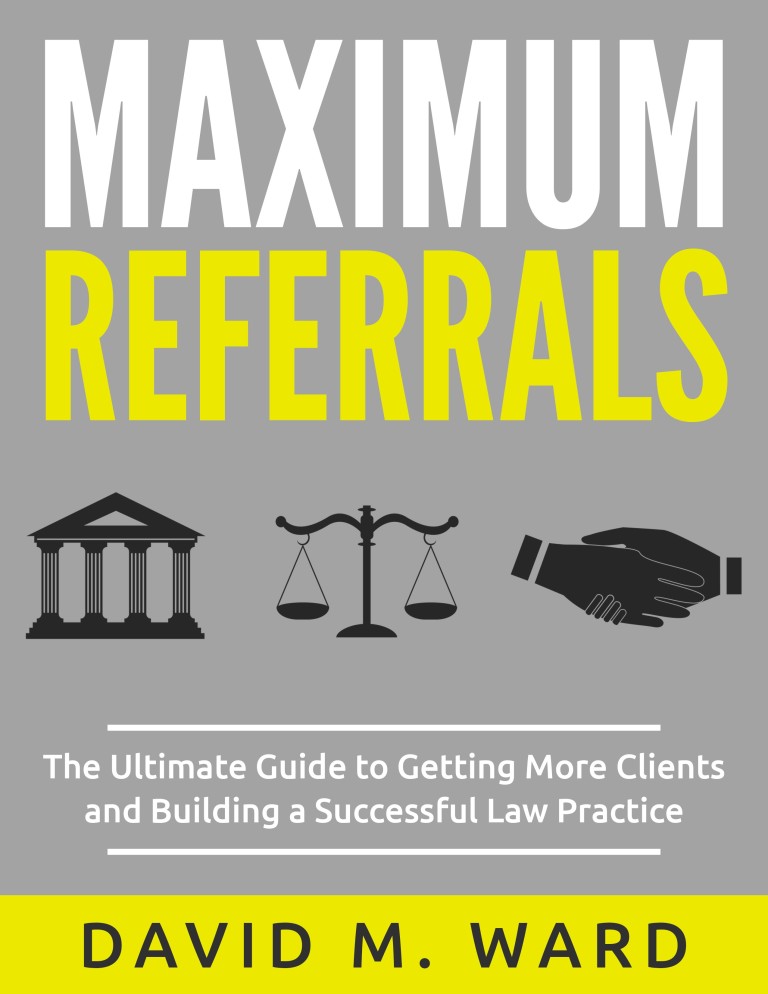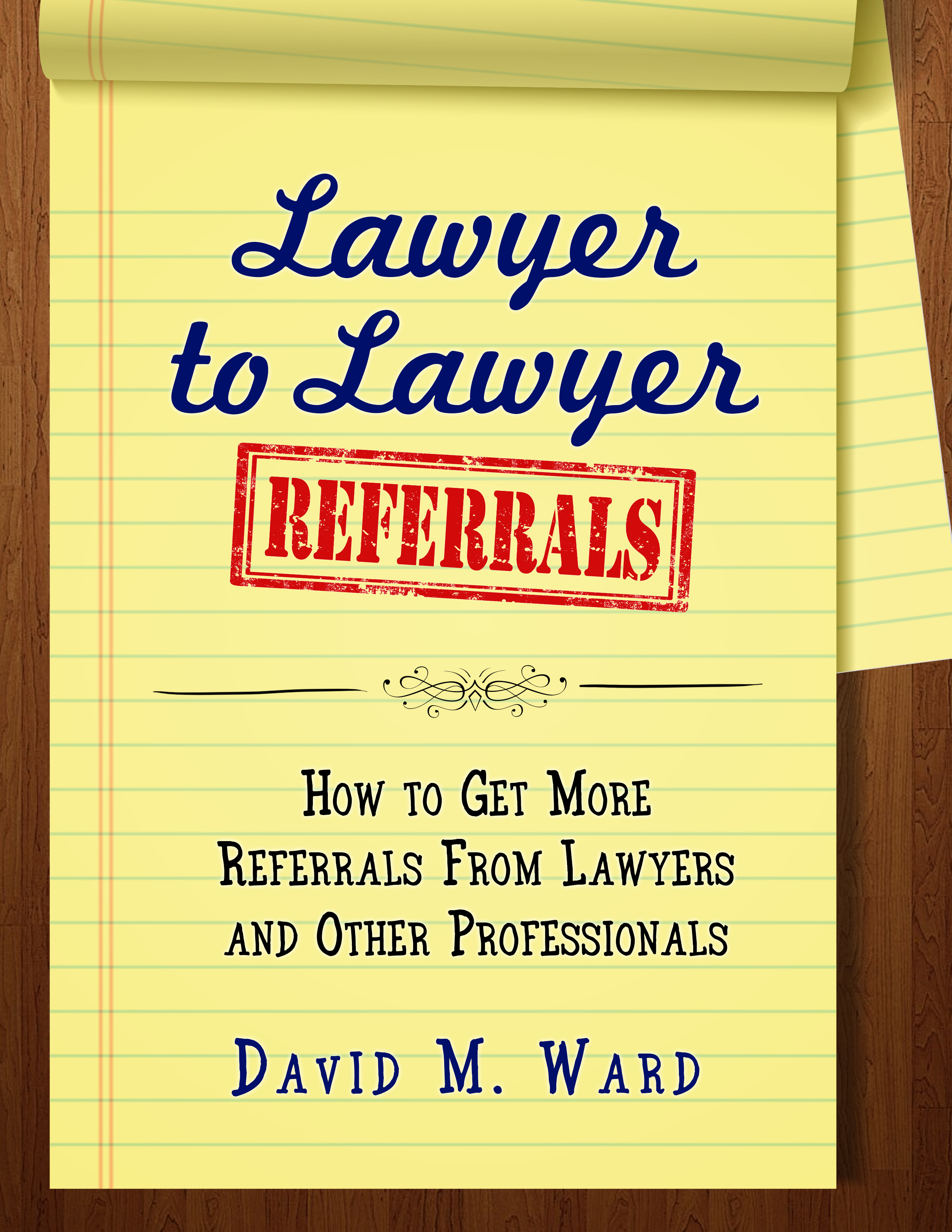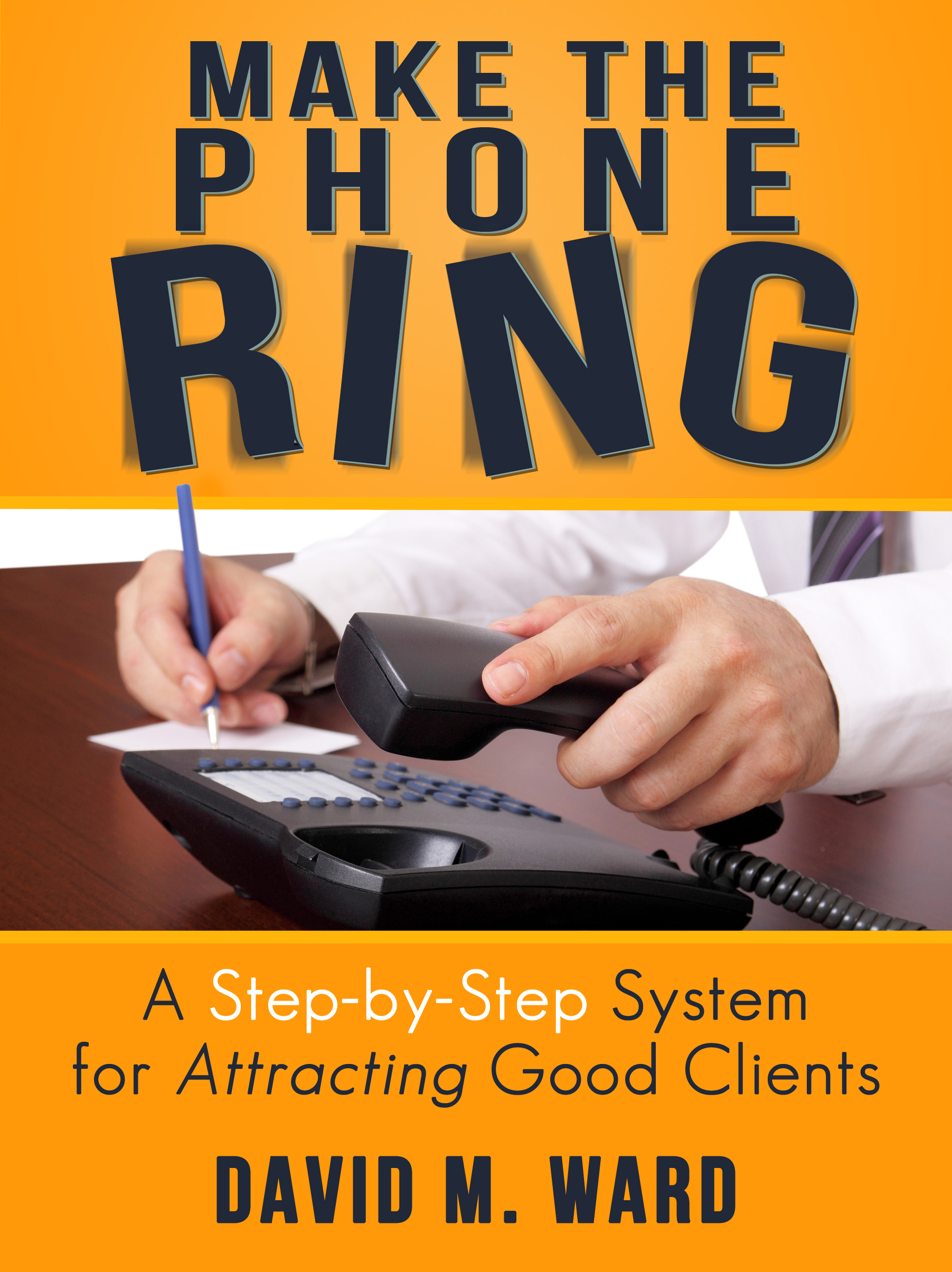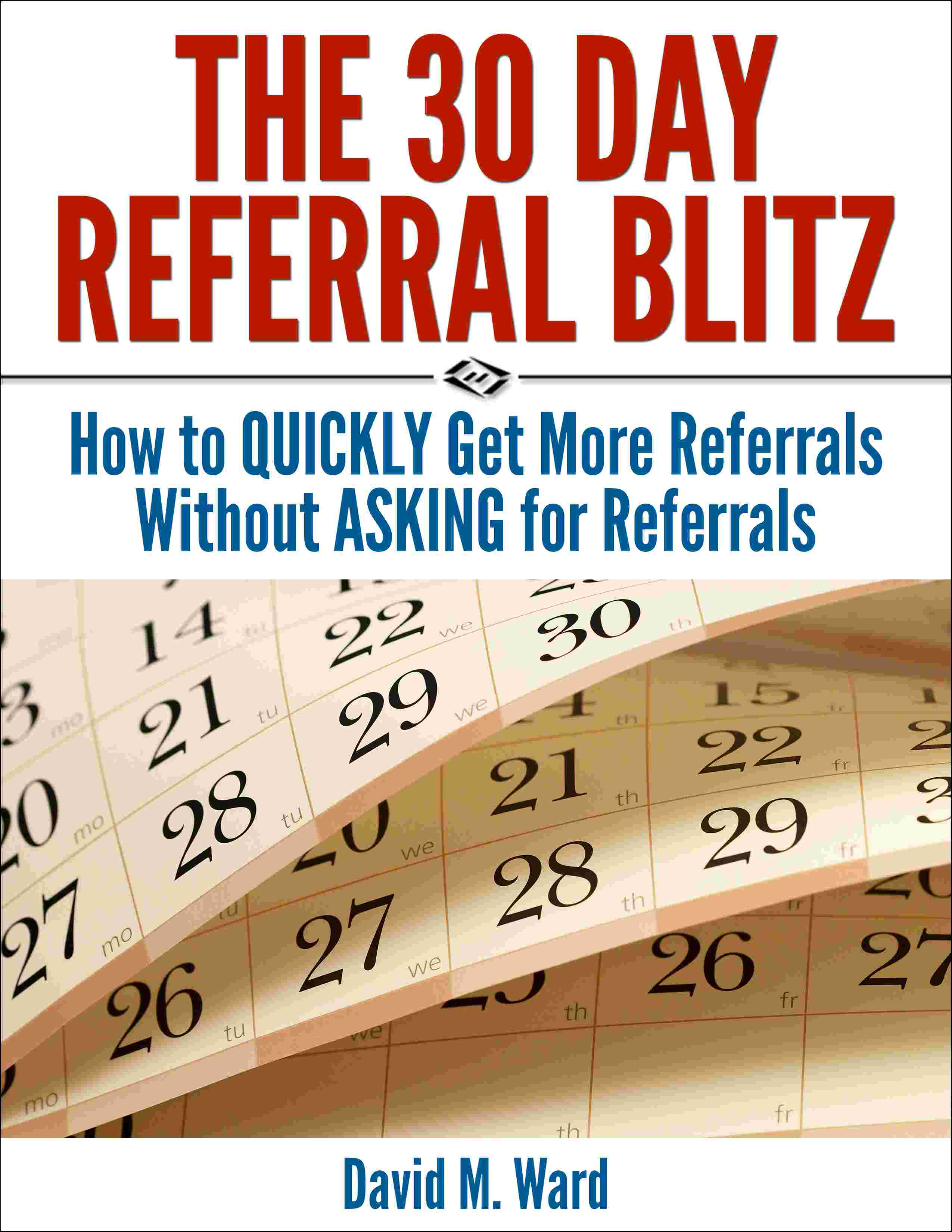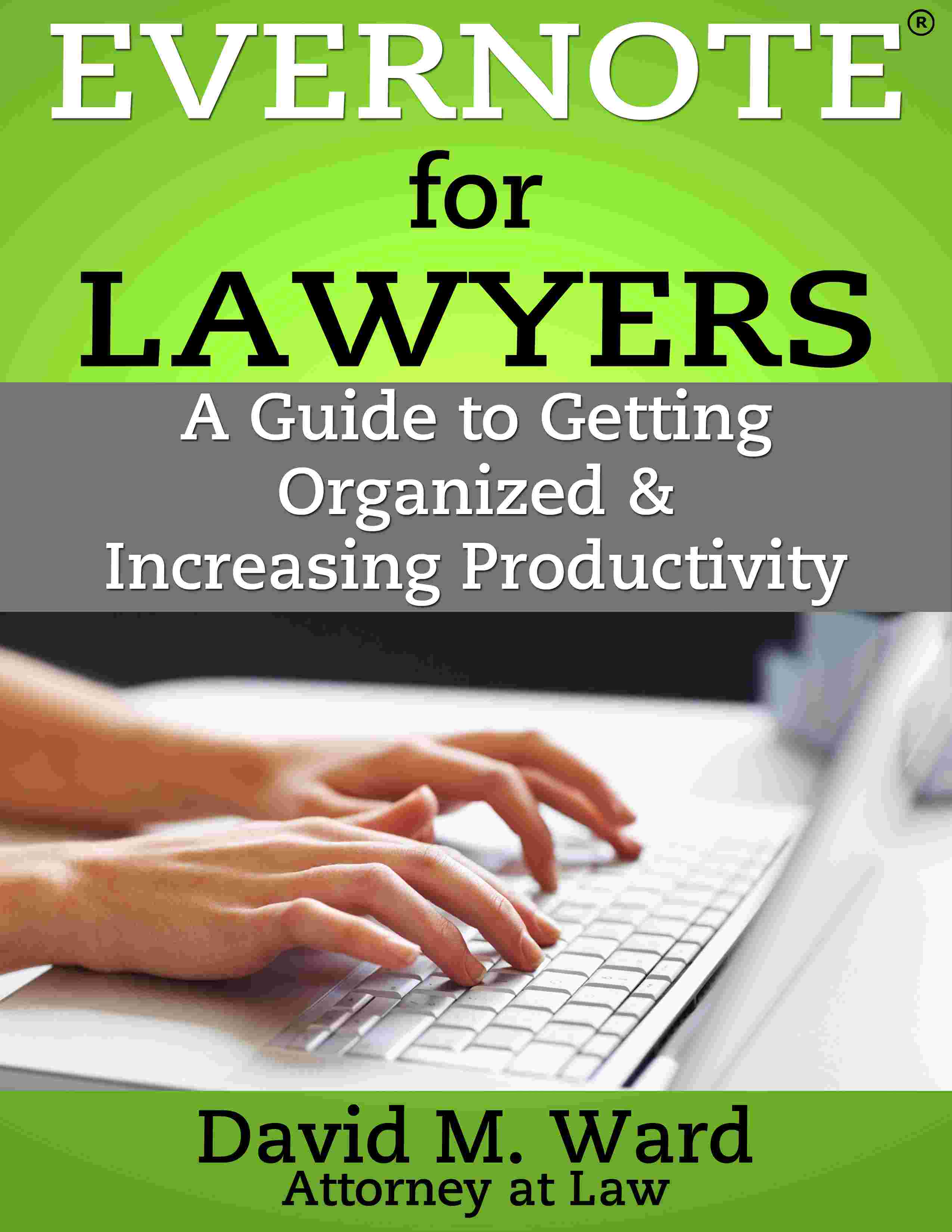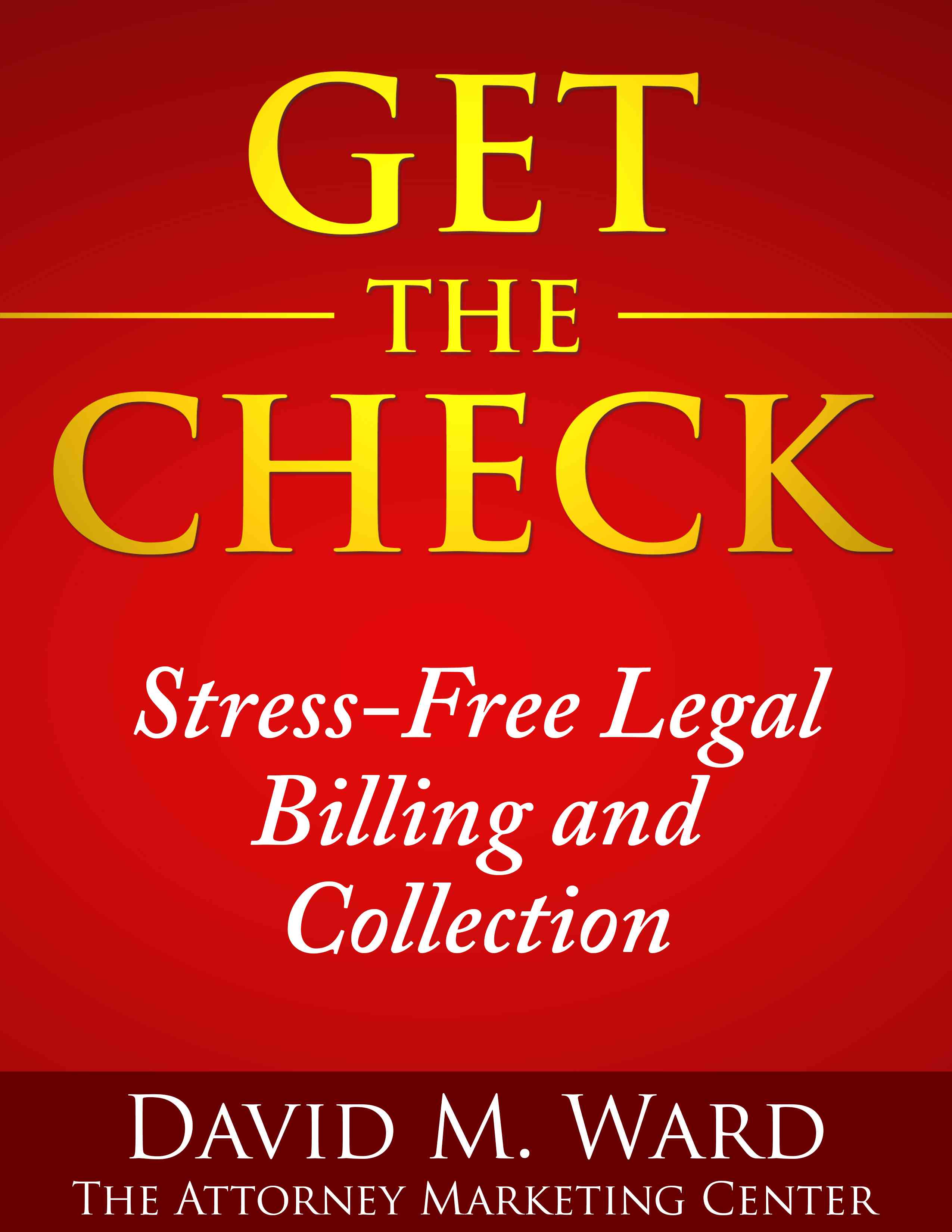“Think different,” Apple used to say in their ads. Today, everybody tells you to “think outside the box”.
Maybe you’ve tried that. You’ve tried coming up with different ways to promote your services but you’ve run out of ideas.
Maybe you need a new box.
Instead of promoting yourself or your services, aka your box, how about promoting something else. Something you don’t promote now. Something that’s not you.
Like a book.
Write and promote a book and let the book promote your services.
With your book in hand, you can do things you may never have considered regarding your services.
Like cold calling someone to tell them about your new book and offering to send them a review copy.
Like advertising your book, maybe even at a discount (egads!)
Like setting up a table at a trade show and selling your book.
Like conducting a contest and giving away copies and cash prizes.
And other things you wouldn’t be caught dead doing as a lawyer.
As an author, you can do these things (or hire someone to do them), because these things are normal in the world of books.
It’s a different box.
So, when people hear about your book, they want to hear more about you.
Bloggers hear about your book and want to interview you.
Event planners hear that you’re an author and want you to speak at their event.
Your book gets reviewed or mentioned and people visit your website to learn more.
People read your book and want to talk to you about their case or issue.
So, there’s your new box. Write a book (it’s a lot easier than you think) and self-publish it (also easier than you think), and start promoting that sucker.
If you want some help, let me know.

